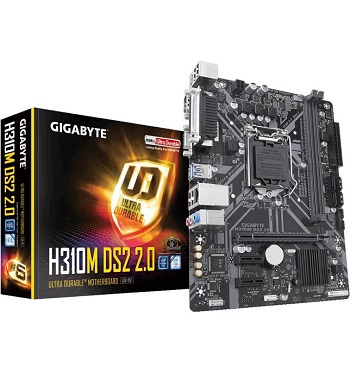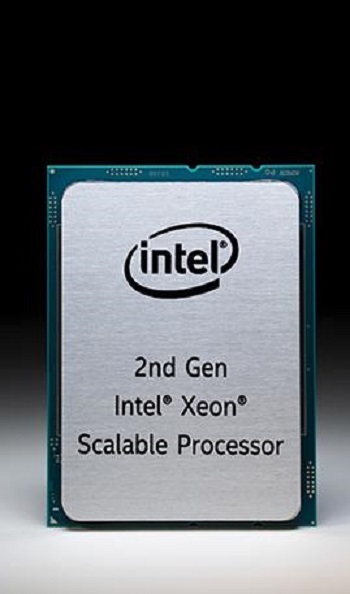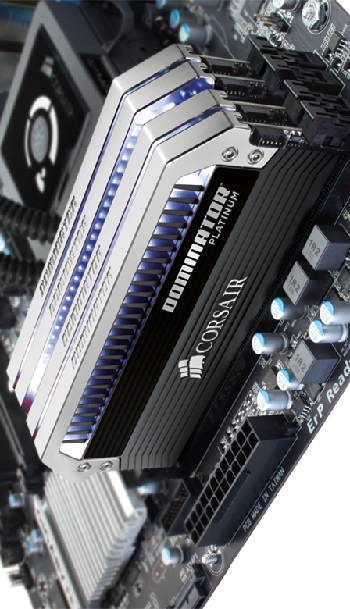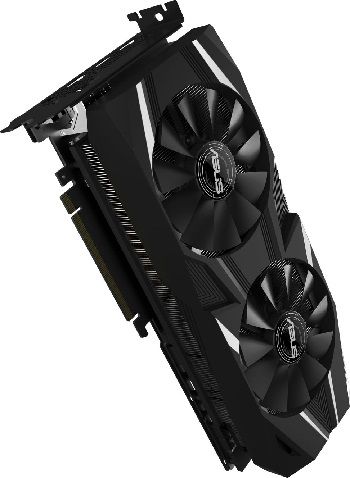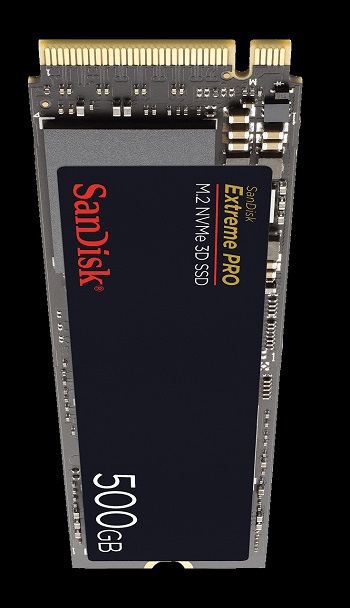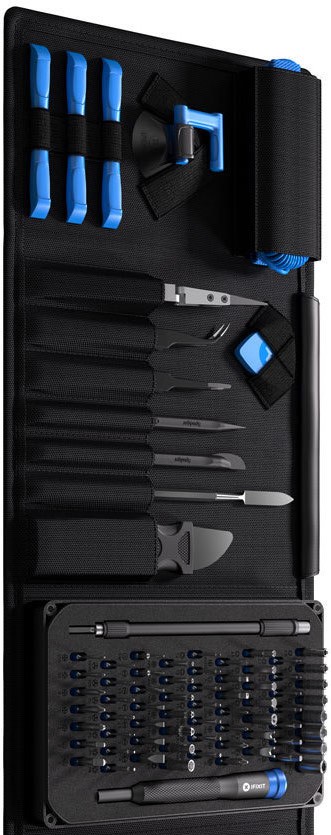First, understand that spending more doesn’t necessarily yield performance benefits. We recommend looking out for consumer reviews from verified owners before ordering any component as it gives you the opportunity to learn from other people’s experiences.
1. Motherboard
Aside from the hardware that can be plugged into a motherboard, the board itself doesn’t impact any raw performance. The difference comes in the features that only benefit certain use cases. A server motherboard with dual CPU sockets and 16 memory slots can be a poor gaming board. That is if it lacks support for multiple graphics cards as this will limit gaming performance to single best card available. Make sure the board has all I/O that you plan on using e.g. enough fan headers, USB ports, Display Port, etc.
2. CPU
As tech professionals, we do not shop by brand. We shop based on what will deliver performance, quality, and features for the money we are spending. It doesn’t matter whether it’s Intel, AMD or Nvidia. The first and most important thing is to find the CPU that is compatible with your motherboard. The incompatibility may be due to varying socket configurations as well as complex electrical incompatibility. A CPU will also determine the maximum memory you can have in your system. A build intended for RAM intensive applications is better off with a CPU that supports a lot of memory.
3. RAM
The memory (or RAM) depends on your motherboard, different boards use different kinds of memories ranging from DDR2 to DDR5. The socket configurations are different among them, meaning you can’t insert a DDR3 RAM module on a DDR2 socket. We have covered in detail how much RAM you need on a PC HERE. Do check it out.
4. Graphics Card
Intel, AMD, and Nvidia all have integrated graphics processors (IGPs), which is just enough for most consumer users. These IGPs are able to do basic video rendering as well as render a wide variety of games. It is worth noting that no IGP can render modern, high end, graphic-intensive games at reasonable resolution and more than 30fps. If you intend to use your rig primarily for high-quality video editing or gaming, you need a graphics card. Read More about Graphics Cards and GPUs HERE.
5. Storage
The choice of a storage solution is also guided by use. For an average Joe who needs as much storage as possible with no high-speed requirements, a Hard Disk Drive (HDD) is the obvious option. On the other hand, a professional video editor will have to choose a Solid State Drive (SSD) so as to make use of the high-speed response feature. Click HERE to learn more on different storage solutions, including the SSHD.
6. Buy a Toolbox
Other Considerations
Make sure the case supports your cooling solution, some cases do not support liquid cooling. When assembling the rig make sure to ground yourself by use of grounding straps or touch the metal of the case to discharge any static it might have on your body A common practice is to assemble everything outside the case, load into the bios and make sure all the hardware is recognized. It is also advisable to install Windows before screwing all the components inside the case. This will help avoid any troubleshooting headache. Also known as anti-vibration mounts, rubber fan mounts help eliminate vibration from the rotating fan giving you a premium PC build. You don’t want your cables moving about inside your case, so find yourself some zip ties to help with cable management. The choice of a case can be guided by aesthetic preference as long as it can contain the form factor of all the components already chosen for the build. Basically, a PC build can be likened to a jigsaw puzzle that needs to be solved with precision to achieve an optimum build fit for the specific use case and at the available/reasonable budget. Do let us know if you need any help in the comments below.
